Unmanned Aerial Vehicles and Drones: Unmanned Aerial Vehicles (UAVs) and drones have witnessed a rapid evolution in recent years, spanning a variety of applications ranging from military operations to delivery services, and from aerial photography to agricultural monitoring. As these machines become increasingly integrated into our daily lives and industries, understanding their advanced flight mechanics becomes crucial. This article delves into the advanced flight mechanics that make the diverse functionalities of UAVs possible.
Unmanned Aerial Vehicles and Drones

1. Historical Context
The notion of UAVs isn’t entirely new. Before the term “drone” became mainstream, various forms of automated flying machines, like balloons and small aircraft, were deployed for niche roles, including reconnaissance and target practice. Today, modern UAVs encompass a vast spectrum, from hobbyist quadcopters to advanced military drones like the Predator.
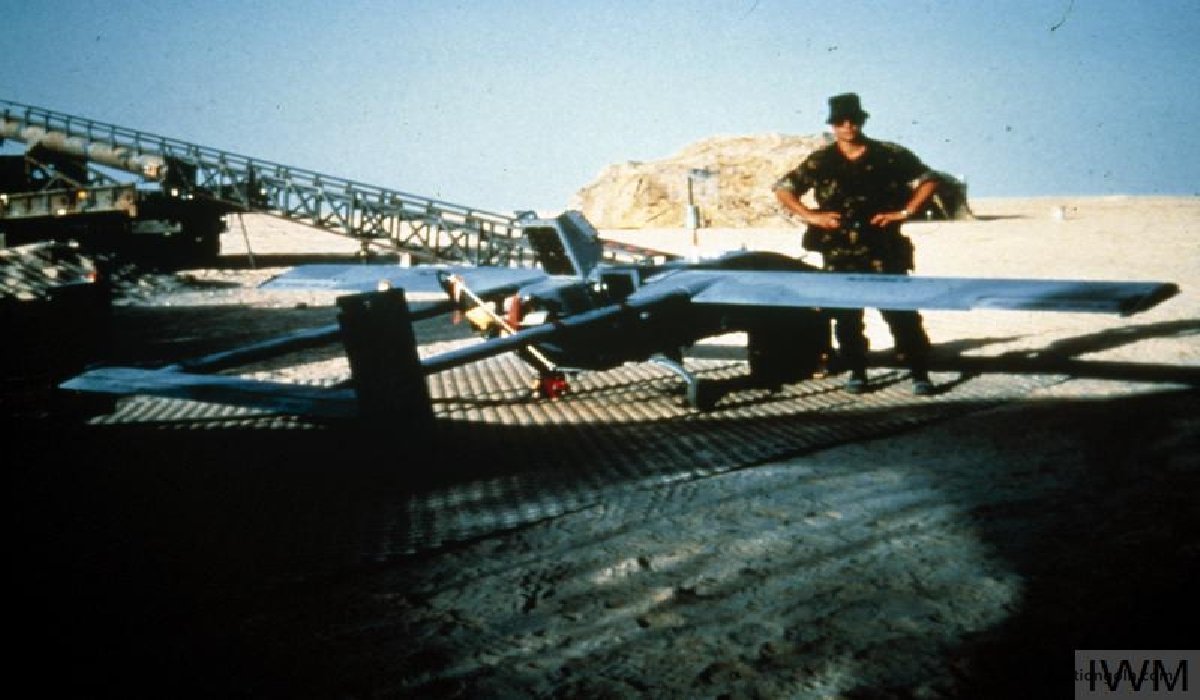
2. Basic Principles of UAV Flight
Like all aircraft, UAVs rely on the fundamental principles of flight: lift, thrust, drag, and weight. What sets UAVs apart is their dependence on onboard computers and sensors to maintain stability and direction, especially in the absence of a human pilot.

3. Stability and Control
- Static vs. Dynamic Stability: Static stability refers to the initial response of a UAV to a disturbance. A UAV that tends to return to its original condition after being disturbed has positive static stability. Dynamic stability, on the other hand, concerns the UAV’s behavior over time after a disturbance.

- Control Surfaces and Actuators: Unlike traditional aircraft that rely heavily on control surfaces like ailerons and rudders, many UAVs, especially quadcopters, rely on varying the speed of individual rotors to control pitch, roll, and yaw.
- Onboard Sensors: Gyroscopes and accelerometers play pivotal roles in UAV stability. These sensors provide the UAV’s computer with real-time data on its orientation, allowing for immediate corrections and adjustments.

4. Advanced Propulsion Systems
The vast diversity of UAVs demands varied propulsion methods:
- Electric Motors: Most commonly found in consumer drones, they are clean, quiet, and efficient for short-duration flights.
- Combustion Engines: Typically used in larger UAVs, these can be more powerful and offer longer endurance but come with the downside of producing more noise and emissions.
- Hybrid Systems: These combine the best of both worlds, allowing for efficient electric take-offs and landings with extended endurance provided by combustion during cruise.
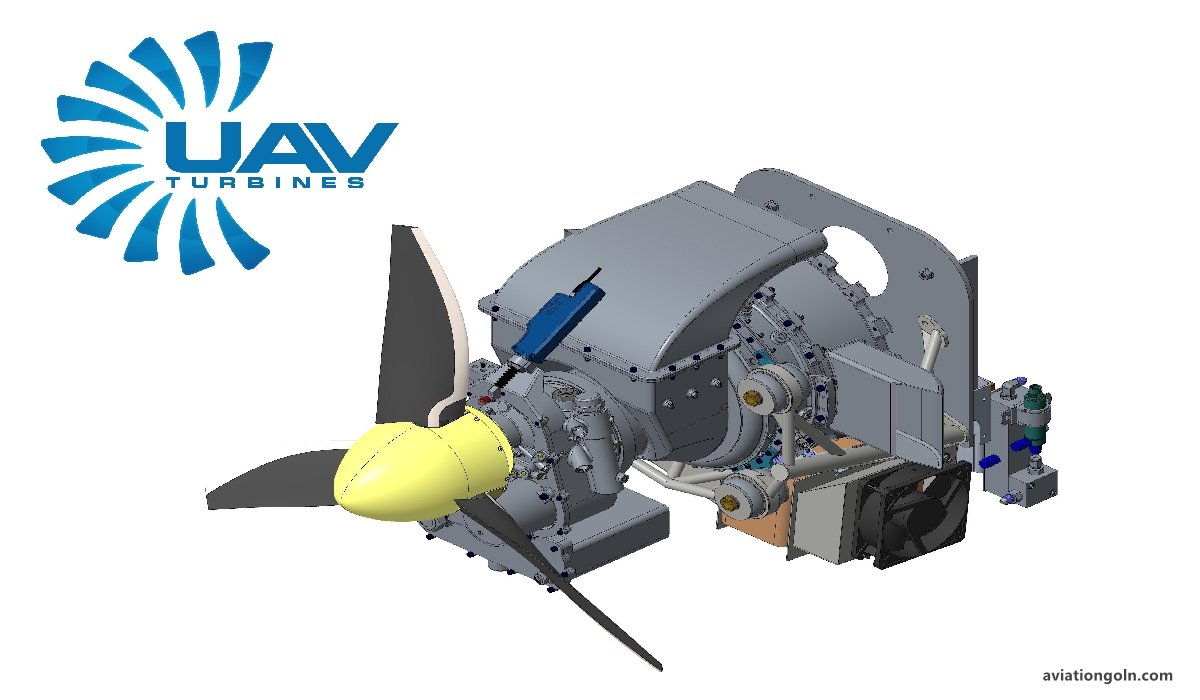
5. Advanced Navigation Systems
- GPS and GLONASS: These satellite-based navigation systems provide UAVs with precise location data.
- Inertial Navigation Systems (INS): Using a combination of accelerometers and gyroscopes, INS can track a UAV’s position without the need for external signals, making it crucial in environments where satellite signals might be weak or jammed.
- Vision-based Navigation: Employing cameras and sophisticated algorithms, some UAVs can navigate based on visual data, recognizing and avoiding obstacles.
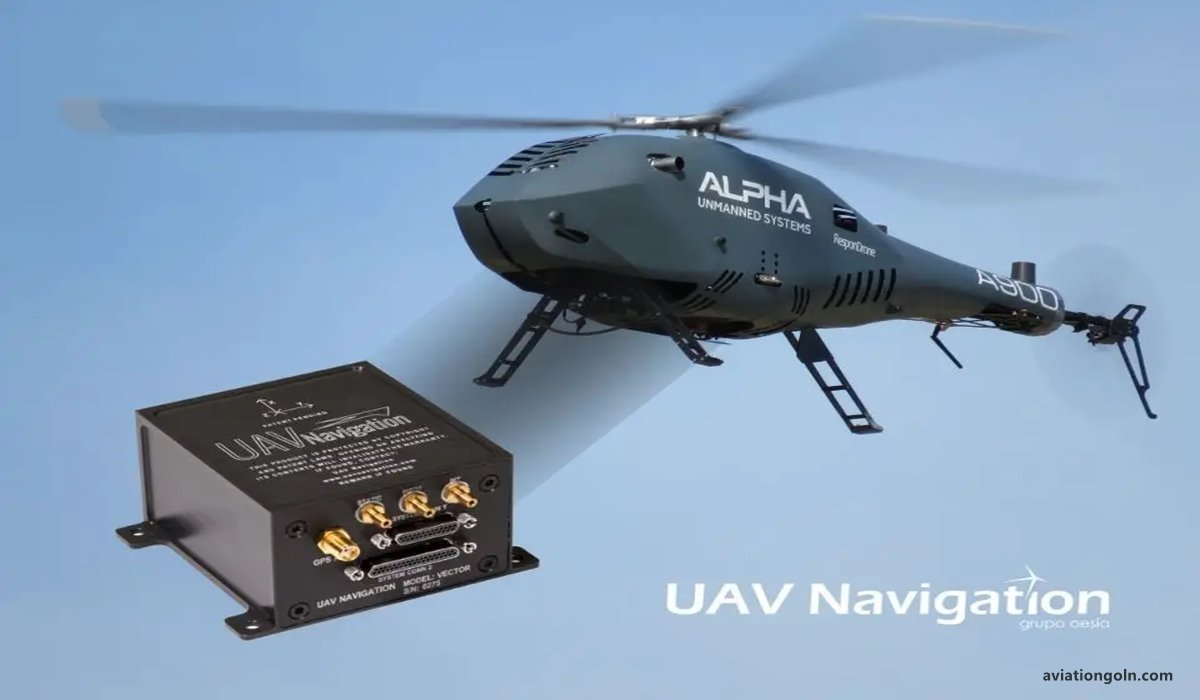
6. Swarm Behavior and Formation Flying
One of the most fascinating advancements in UAV technology is the development of swarm behaviors:
- Decentralized Control: Instead of a central control point directing every UAV in a swarm, decentralized control allows individual UAVs to make decisions based on localized information.
- Applications: Swarm behaviors can be used in agricultural monitoring, where multiple drones survey large tracts of land, or in defense applications, where drone swarms can overwhelm enemy defenses.
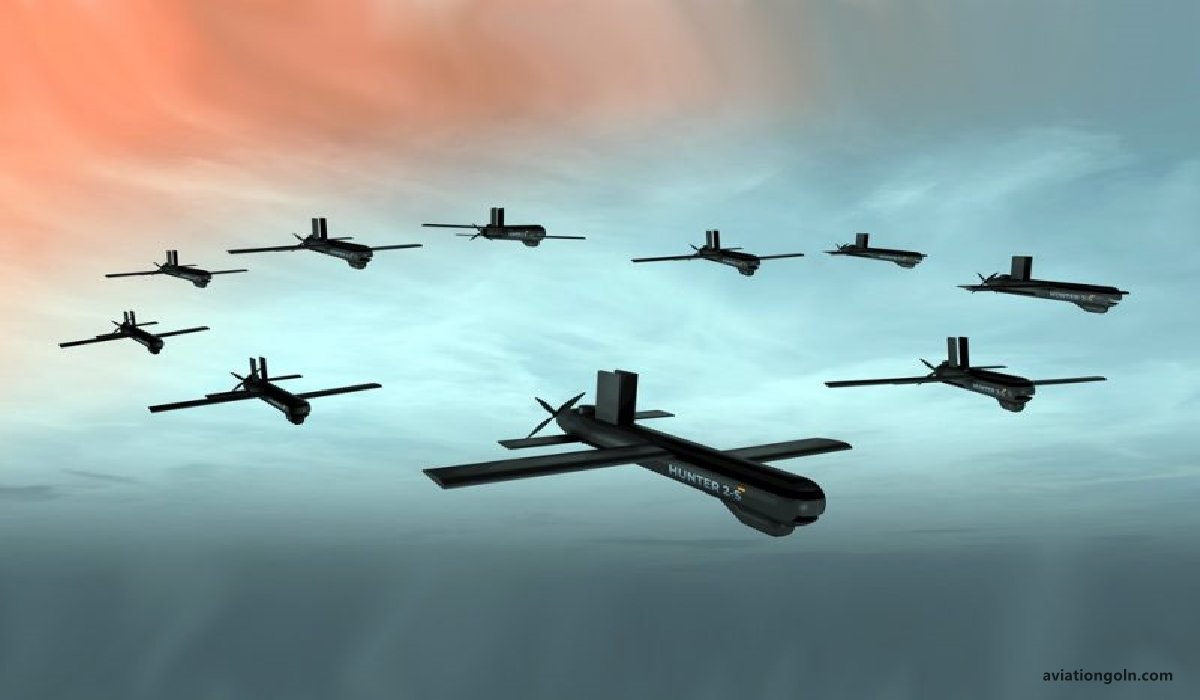
7. Autonomy and Artificial Intelligence
- Levels of Autonomy: From remotely piloted UAVs to fully autonomous drones, the level of onboard decision-making varies widely. Advanced drones can now plan routes, avoid obstacles, and even decide on targets without human intervention.
- Machine Learning: By training on vast datasets, UAVs can recognize patterns, be it identifying a type of vehicle from aerial imagery or recognizing signs of crop disease in agriculture.

8. Energy Efficiency and Flight Endurance
- Battery Technologies: Advances in lithium-ion and lithium-polymer batteries have allowed UAVs to fly longer and carry heavier payloads.
- Energy Harvesting: Some cutting-edge UAVs incorporate solar panels or wind harvesting to extend their flight times or even achieve indefinite flight.
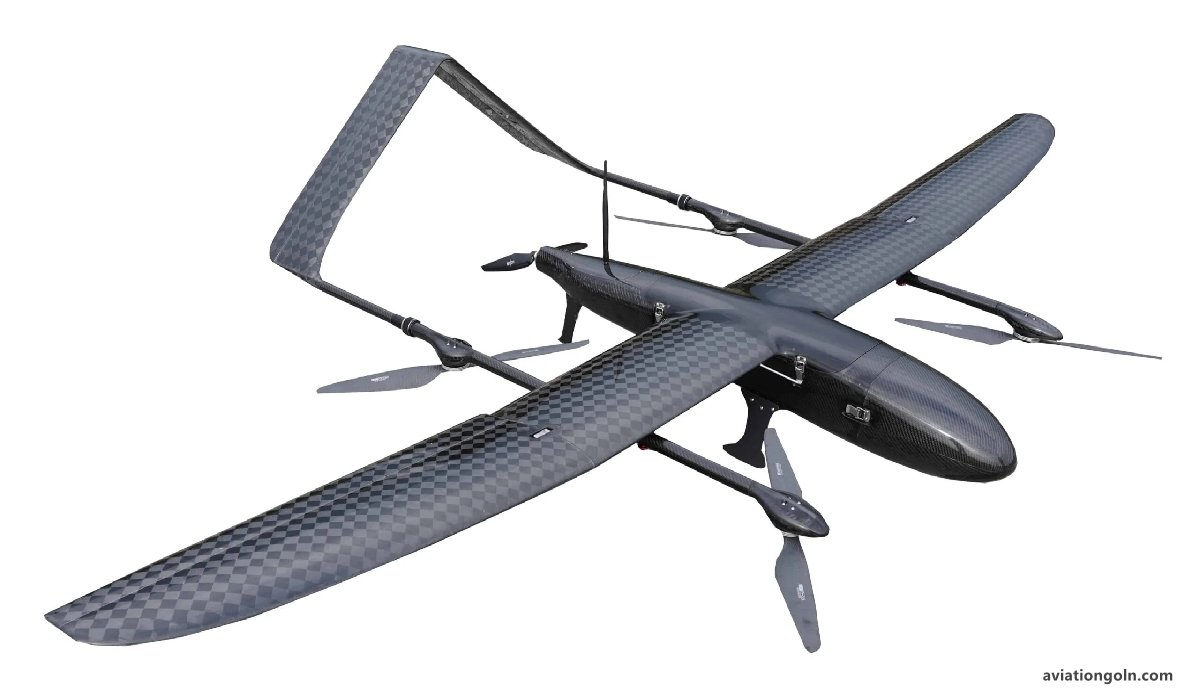
9. Challenges and the Future
As UAVs continue to evolve, they face challenges:
- Air Traffic Management: With the proliferation of UAVs, managing the airspace to avoid collisions becomes crucial.
- Legal and Ethical Issues: Questions about privacy, airspace rights, and the ethics of autonomous decision-making in military contexts are hot topics of debate.
- Technological Barriers: While we’ve seen rapid advancements, battery life, payload capacity, and efficient propulsion remain areas in need of breakthroughs.

The world of UAVs and drones is rich with complexity and potential. As we continue to push the boundaries of what these machines can do, a deep understanding of their advanced flight mechanics will be essential. The future promises even more integration of UAVs into our daily lives, industries, and possibly even our cities’ infrastructure. As this future unfolds, the principles and advancements discussed here will form the foundation upon which we build tomorrow’s aerial wonders.
Read more:
